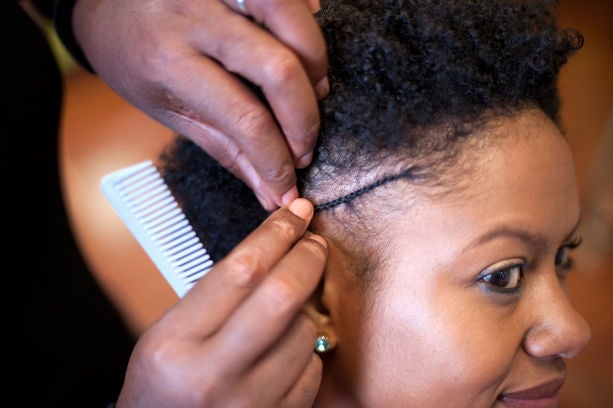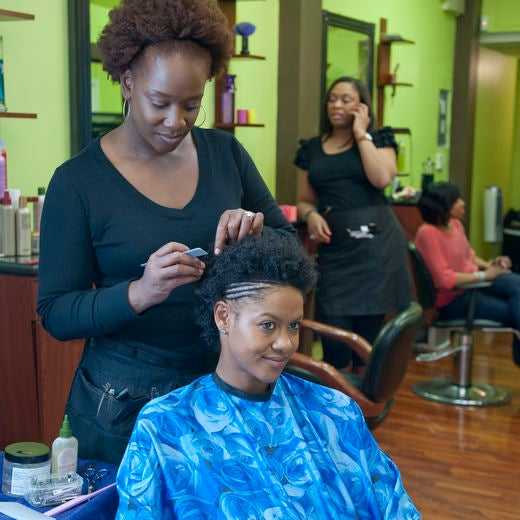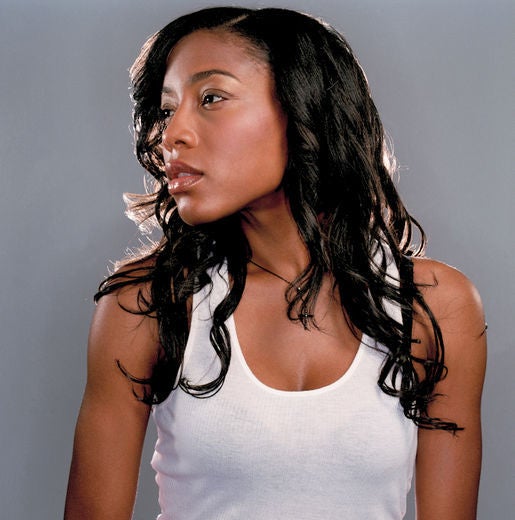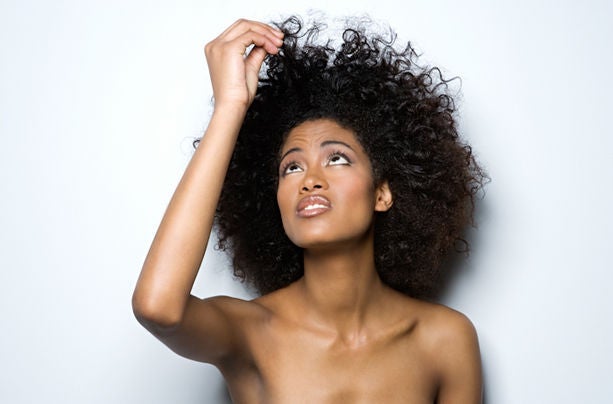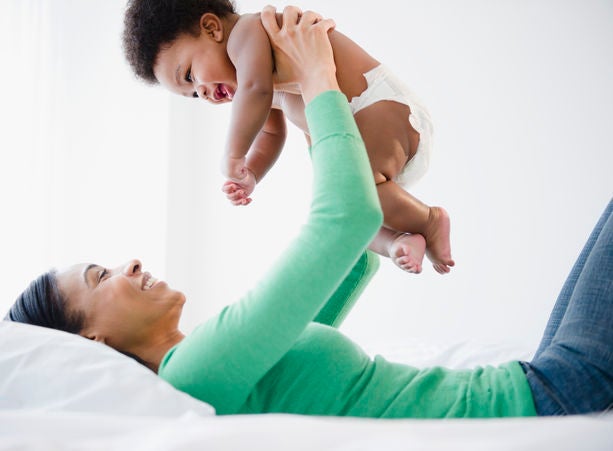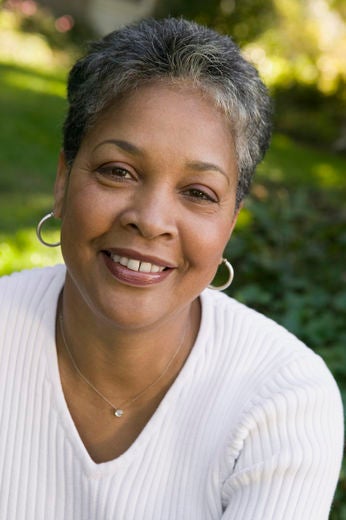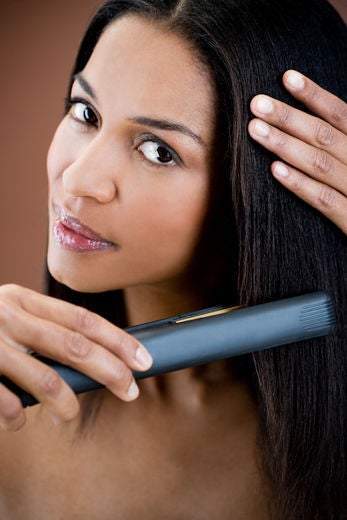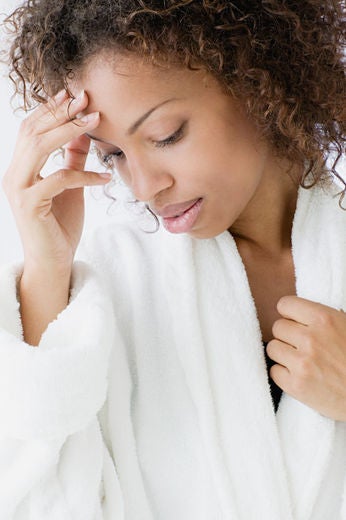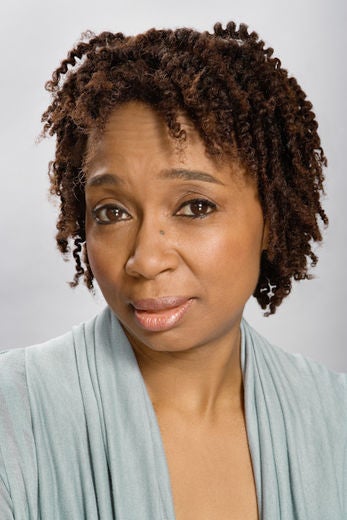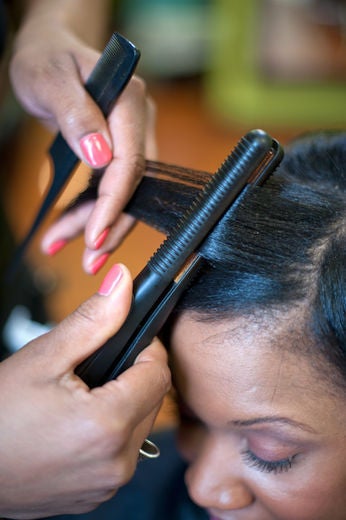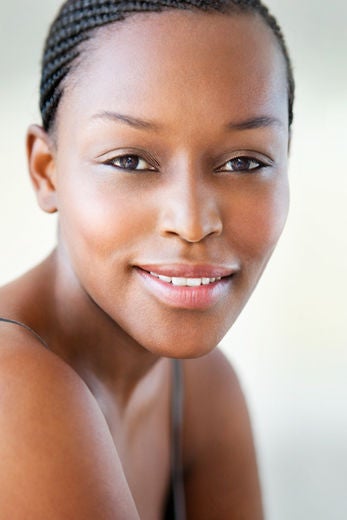Have you noticed thinning edges or handfuls of hair in your comb after styling sessions? There could be a few alarming reasons behind your sudden hair loss. We sat down with Dr. Kari Williams, owner of Mahogany Revolution Salon and an expert in the study of hair and scalp disorders, to discover key causes of hair loss and breakage.
“When women cornrow the hair into a circular pattern in preparation for sewn-in extensions, this will redirect the hair in a way that it typically doesn’t grow. It’s also pulled very tightly with the tension directed towards the center of the scalp,” says Dr. Williams. These conditions can cause shock to the scalp and severely limit or stunt your hair growth.
Scalp infections can be caused by braids that are too tight or result from excessive scratching of the scalp. When infections occur underneath braids or a sew-in, they often go unnoticed and are brushed off as just an itching scalp. “If you’re wearing weaves or braids for an extended period of time, you will get an accumulation of dirt and bacteria that sits on the scalp sometimes for more than two months. Even when you get it shampooed, you can’t cleanse the scalp thoroughly and you will start to scratch it which will create small open wounds. Bacteria will seep into these tiny openings and cause an infection. The infection will run it’s course and when that happens, it takes your hair with it,” says Dr. Williams.
If you’re in the salon chair and start to feel pain or throbbing in your scalp, tell your stylist immediately. “I’ve found that when some women are experiencing discomfort, they don’t say anything," says Dr. Williams. "It’s really, really important that you say something. If your stylist is not willing to make the appropriate adjustments so that the style is not as tight, you need to find another stylist.”
It’s no secret that extensions cost a pretty penny, and Dr. Williams says the high price of weave is one reason why customers will allow an itching or infected scalp to persist. “If you just paid $200 or $300 to get a full weave sewn in, some people will not take it down after a few weeks just because it’s itching.” Instead of letting a bothersome scalp persist, Dr. Williams advises removing the hair immediately to prevent further damage. You can buy a new weave but you can’t buy hair follicles, ladies.
Back to back weaves are rarely good for the hair, says Dr. Williams. “A lot of times you’ll see women take down a weave and go right back into another one without truly assessing the health of the scalp or hairline. It’s not until your second or third time getting the weave taken out that you will notice your hair is gone and by then, it’s too late.” It’s imperative that your stylist does a thorough assessment of your hair and scalp before putting extensions back in.
Some new moms will notice excessive hair loss when their bundle of joy is three to six months old. “This kind of shedding is called telogen effluvium and it’s a hormonal form of hair loss,” says Dr. Williams. “When you’re pregnant, there is an increase in your nutritional intake and you have several follicles that enter into the growing phase at one time. After you have the baby, all those follicles that were in the growing stage together will enter into the shedding phase. This is completely normal and the hair will grow back over time.”
One of the little-known facts about prescription drugs is that in some women they can cause mild to moderate hair loss. “High blood pressure medication can interrupt the hair growth cycle. If you are diabetic, the blood flow in the skin is affected and this can halt hair growth as well,” says Dr. Williams.
“Thinning in the crown of your head will occur when you get into the menopause stage,” says Dr. Williams. “I recommend seeing a dermatologist. You can’t stop age-induced hair loss, but you can slow it down with minoxidil treatments which have been shown to help stimulate growth in the scalp.”
Heat styling can cause thinning, irreversible damage and breakage of the hair shaft. “Excessive usage of the hot comb, curling iron or even blow dryers most always lead to breakage and should be avoided or minimized,” says Dr. Williams. Alternatives to heat styling include rod, roller or straw setting the hair.
“Many women like their edges to be slick. It’s all about brushing back your curls and the kinks around the hairline and all of that excessive pulling and tension eventually leads to hair loss,” says Dr. Williams. If you usually wear your hair pulled back, give your edges a break with a new, tension-free hairstyle every four to six weeks.
As the old saying goes, “You are what you eat,” and according to Dr. Williams, this phrase applies to your hair, too. “The hair is a barometer of health. I’m a big advocate for women to adopt healthier lifestyles, get active, supplement your diet with vitamins and make sure you’re eating as healthy as possible. Limit the amount of sugar you eat. Drink more water. I know it sounds cliché, but all of those things are so important when it comes to healthy hair.”


